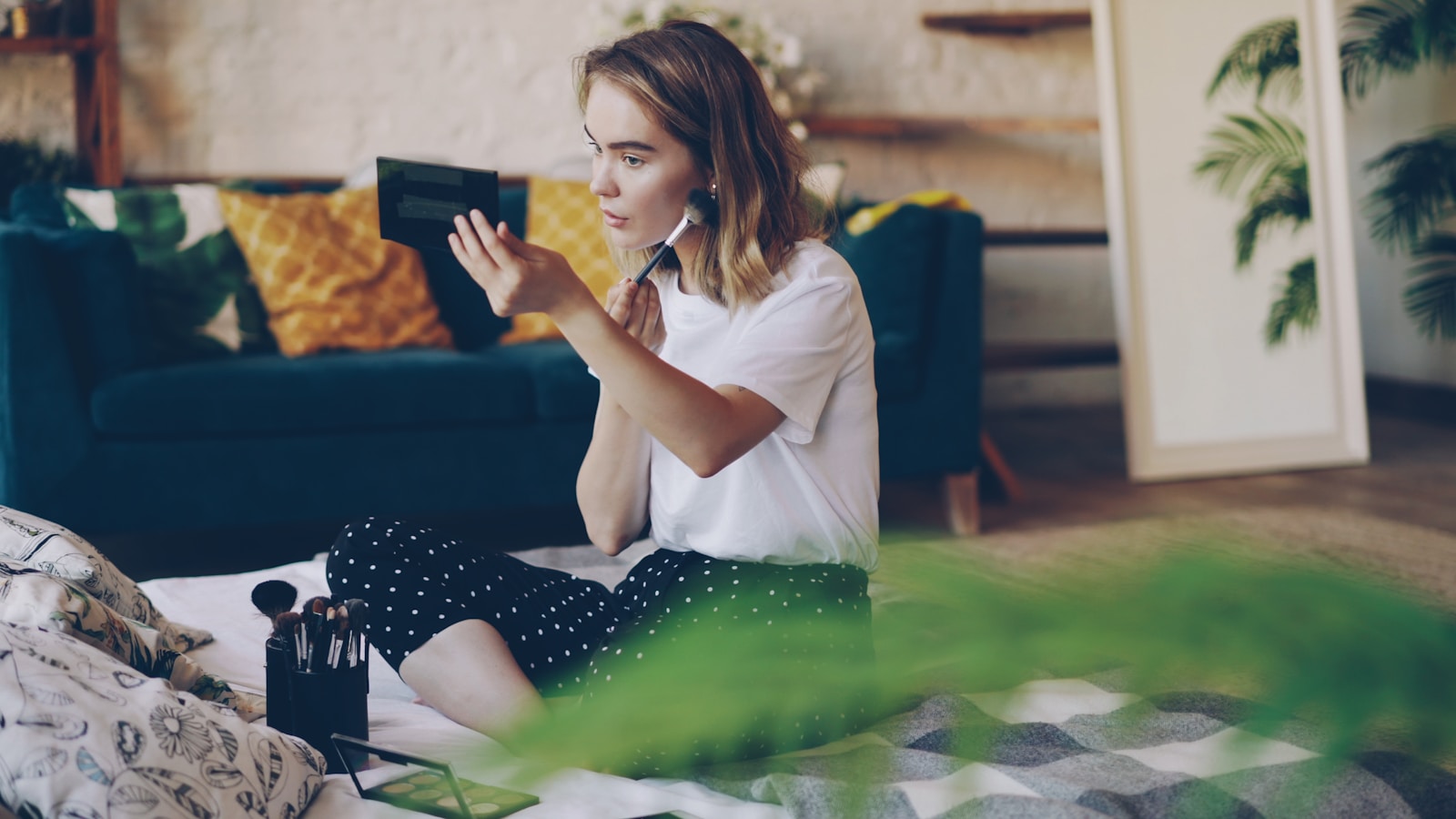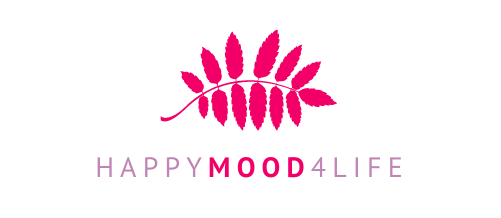
Upgrade Your Look: How I Mastered a Non‑Toxic Makeup Routine
Introduction
When I first opened the drawer of my old makeup bag and saw the faded lipstick, the cracked foundation bottle, and the tiny bottle of eye‑shadow that smelled faintly of chemicals, a wave of unease washed over me. I realized that my “beauty routine” was more of a silent agreement with products that I barely understood. That moment sparked a personal mission: Upgrade Your Look: How to Master a Non‑Toxic Makeup Routine became not just a search term, but a promise to myself to honor my skin, my health, and my confidence.
In this article I’ll walk you through the raw, sometimes messy, journey that led me from a conventional makeup stash to a curated, clean‑beauty collection. You’ll learn why this shift mattered to me, the emotional highs and lows I experienced, and the concrete steps you can take to create your own non‑toxic makeup routine. By the end, I hope you’ll feel inspired to upgrade your look with products that love you back.
Let’s dive into the story that changed the way I see makeup—and the way I see myself.
Personal Context
My relationship with makeup began in high school, when I first experimented with a bright pink lip gloss that made my cheeks flush with excitement. Over the next decade, makeup became a daily ritual: a way to frame my face for Zoom meetings, a confidence boost before presentations, and a creative outlet after a long day. I worked as a freelance graphic designer, and my clients often asked for “polished” visuals—my own polished look felt like an extension of that professionalism.
However, by my early thirties, I started noticing subtle changes: occasional breakouts, a lingering dullness, and an inexplicable itch around my eyes after a full‑face application. I brushed it off as stress or hormonal shifts, but the pattern persisted. A friend introduced me to a documentary about the hidden chemicals in cosmetics, and I was shocked to learn that many of the products I trusted contained parabens, phthalates, and synthetic fragrances—substances linked to hormonal disruption and skin irritation.
That revelation hit hard because I had always believed that “beauty” meant using the best‑selling, most glamorous products. I realized my routine was built on marketing, not on what truly nourished my skin. This personal context—my career, my skin concerns, and my newfound awareness—set the stage for a radical makeover, both inside and out.
Core Experience or Journey
Phase 1: The Audit (Week 1)
My first step was an inventory. I emptied every drawer, laid out each product, and wrote down three things for each: the brand, the expiration date, and the ingredient list. The process felt like a forensic investigation. I discovered that my favorite foundation contained dimethicone (a silicone that can trap impurities) and fragrance—a red flag for me.
Emotionally, this audit was both empowering and overwhelming. I felt a surge of control, knowing I could see exactly what I was putting on my skin. At the same time, I felt grief for the products I’d grown attached to. I decided to keep only those that were either certified clean or had transparent ingredient lists.
Phase 2: Research & Education (Week 2‑3)
Armed with a list of “to‑keep” and “to‑ditch,” I dove into research. I read articles from the Environmental Working Group (EWG), consulted the FDA’s cosmetics guidelines, and joined a few online clean‑beauty communities. I learned about the “dirty dozen” chemicals to avoid and the “good guys” like zinc oxide, niacinamide, and plant‑based oils.
One pivotal moment was reading a study from the Journal of Dermatological Science that linked long‑term exposure to certain preservatives with increased skin sensitivity. The data made the abstract fear of chemicals concrete, and I felt a renewed sense of purpose.
Phase 3: The Transition (Week 4‑6)
Replacing my old staples wasn’t cheap, but it was intentional. I started with the basics: a mineral foundation, a certified organic blush, and a cruelty‑free mascara free of synthetic dyes. I also introduced a simple skincare‑makeup hybrid—an SPF‑infused tinted moisturizer that acted as both protection and coverage.
During this period, I experienced a few setbacks. My first attempt at a non‑toxic liquid eyeliner resulted in smudging, which left me frustrated. I realized that I needed to adjust my technique and give the new products a learning curve. I turned to YouTube tutorials from clean‑beauty influencers who shared tips on applying mineral powders without caking.
Phase 4: Refinement & Routine Building (Week 7‑10)
After the initial trial, I began to fine‑tune my routine. I created a “starter kit” that included:
- Cleanser: a gentle, sulfate‑free foam.
- Toner: rose water with witch hazel (alcohol‑free).
- Serum: niacinamide for brightening.
- Moisturizer: a plant‑based oil blend.
- Primer: a silicone‑free, mattifying gel.
- Foundation: mineral powder with iron oxides.
- Concealer: a creamy, non‑comedogenic formula.
- Blush & Highlighter: mineral pigments.
- Eyes: a brown-black kohl and a lengthening mascara made from bamboo fibers.
- Lip: a tinted balm with natural pigments.
The routine felt lighter, and my skin responded positively—fewer breakouts, a natural glow, and a sense of ease that I hadn’t felt in years. The emotional payoff was huge: I finally felt that my makeup was an extension of my values, not a compromise.
Personal Opinions
From my experience, I firmly believe that mastering a non‑toxic makeup routine is not a sacrifice; it’s an upgrade. Many people think clean beauty means giving up performance, but I’ve found that the right products can deliver the same, if not better, results. The key is education and patience.
Some critics argue that the “clean” label is just marketing hype. I acknowledge that the industry is still navigating standards, and not every “clean” product lives up to its promise. That’s why I rely on third‑party certifications (e.g., EWG Verified) and transparent ingredient disclosures. I also think it’s essential to listen to your own skin—what works for one person may not work for another.
Ultimately, my stance is simple: if a product contains ingredients you can’t pronounce or that have documented health concerns, it’s worth questioning. Choosing non‑toxic alternatives empowers you to take control of your health while still expressing creativity through makeup.
Lessons Learned or Key Takeaways
- Ingredient literacy is power. Knowing what’s inside your products transforms you from a passive consumer to an informed decision‑maker.
- Transition takes time. Your skin may need an adjustment period; don’t expect instant perfection.
- Quality over quantity. A smaller, well‑curated collection outperforms a cluttered bag of unknown formulas.
- Technique matters. Non‑toxic products sometimes have different textures; invest time in learning new application methods.
- Community support accelerates growth. Sharing experiences with like‑minded people provides motivation and practical tips.
Practical Advice for Readers
If you’re ready to upgrade your look and master a non‑toxic makeup routine, follow these actionable steps:
- Step 1: Conduct a product audit. List every item, note the brand, and check the ingredient list. Separate into “keep,” “research,” and “replace.”
- Step 2: Identify red‑flag ingredients. Look for parabens, phthalates, sulfates, synthetic fragrances, and heavy metals. Use resources like the EWG Skin Deep database.
- Step 3: Set a budget. Allocate a realistic amount for replacements. Start with the basics—foundation, concealer, and mascara.
- Step 4: Choose certified brands. Prioritize those with transparent labeling, third‑party certifications, and cruelty‑free policies.
- Step 5: Test before committing. Purchase sample sizes or travel kits to see how your skin reacts.
- Step 6: Learn new techniques. Watch tutorials focused on mineral powders, cream formulas, and natural eyeliners.
- Step 7: Build a routine. Start with skincare, then add primer, base, color, and finishing products in that order.
- Step 8: Keep a journal. Record how each product feels, any reactions, and how your skin looks over weeks.
- Step 9: Stay curious. The clean‑beauty landscape evolves; keep an eye on new research and product launches.
Remember, the goal isn’t perfection—it’s progress. Each small switch brings you closer to a routine that truly reflects your values.
Emotional Reflection
Looking back, the journey to a non‑toxic makeup routine was more than a skin‑deep makeover; it reshaped my relationship with self‑care. I used to view makeup as a mask—something I applied to hide imperfections. Now, it feels like a celebration of my skin’s health and my personal ethics.
The emotional impact was profound. I felt a surge of confidence each morning, knowing that the colors on my face weren’t compromising my wellbeing. I also discovered a deeper sense of community, connecting with fellow clean‑beauty advocates who shared recipes for DIY tinted balms and swapped product recommendations.
Professionally, this shift has influenced my design work. I now prioritize sustainability and transparency in the brands I collaborate with, and I’ve even launched a small line of digital templates for clean‑beauty brands. The personal transformation rippled outward, reinforcing that authenticity in one area of life can inspire authenticity elsewhere.
Supporting Insights
Research backs up many of the observations I made during my transition:
- A 2022 review in Dermatology Practical & Conceptual highlighted that mineral sunscreens (zinc oxide, titanium dioxide) are less likely to cause irritation compared to chemical filters.
- The EWG’s 2023 “Clean Beauty Report” found that products labeled “paraben‑free” had a 30% lower incidence of reported skin sensitivities.</






